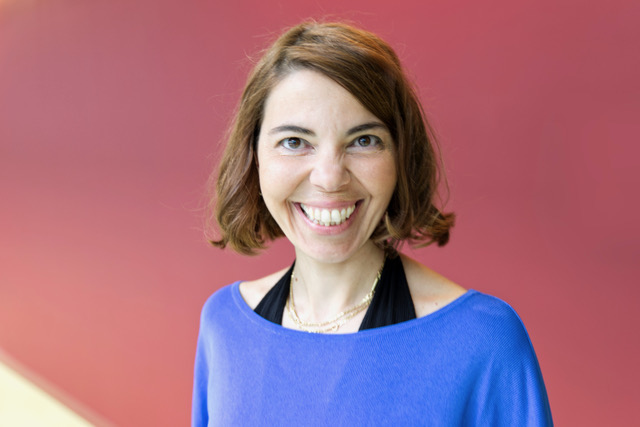
Francesca Ferlaino, professor at the University of Innsbruck, Austria, and scientific director at the Institute for Quantum Optics and Quantum Information (IQOQI) of the Austrian Academy of Sciences receives an ERC Advanced Grant, the highest European funding for established scientists in basic research. She will receive up to 2.5 million euros in research funding. For Ferlaino, it is already the third ERC grant after a Starting Grant (2010) and a Consolidator Grant (2016).
The European Research Council (ERC) awards ERC Advanced Grants to established top scientists for their outstanding scientific research. They receive up to 2.5 million euros over a period of five years as funding for their basic research. Today, the ERC announced in Brussels that Francesca Ferlaino will receive this prestigious award.
With the help of ultracold gases, quantum phenomena can be specifically controlled and investigated in the laboratory. Francesca Ferlaino has pioneered the use of a new class of atomic species, rare earth metals, to induce many-body quantum phenomena, which have no counterpart in other systems. Rare-earth metals are the most magnetic elements in the periodic table. Each behaves like an atomic magnet, and “a million of these tiny magnets can create dipolar gases with unique properties”, says the physicist. Together with her team, she demonstrated in 2012 the first Bose-Einstein condensation of erbium and later created Erbium-Dysprosium mixtures. Very recently, her group was able to access quantum phenomena that long-awaited demonstration in laboratories, such as a special minimum in the excitation energy, called after Landau roton, and, simultaneously with two other groups, a novel phase of matter called supersolidity. “Our aim is now to go even further with rare-earth condensates, and using also their internal structure and degrees of freedom”, says Francesca Ferlaino.
In her ERC project, the researcher now aims to push the limits of interaction control using tailored optical potentials and Rydberg excitations, as well as state read-out through the application of quantum-gas-microscopy techniques. “We will harness the multi-valance-electron nature of magnetic lanthanides to create the next generation of quantum simulators, which promises enhanced capabilities otherwise not accessible”, says the awardee.
Click here for the press release.
